I would like to convert two arrays (x and y) into a frequency n x n matrix (n = 5), indicating each cell the number of point that contains. It consists on resampling both variables into five intervals and count the existing number of points per cell.
I have tried using pandas pivot_table but don't know the way of referencing to each axis coordinate. X and Y arrays are two dependent variables that contain values between 0 and 100.
I would really appreciate some one's aid. Thank you very much in advance.
This is an example of the code:
import pandas as pd
import numpy as np
import matplotlib.pyplot as plt
# Arrays example. They are always float type and ranging 0-100. (n_size array = 15)
x = 100 * np.random.random(15)
y = 100 * np.random.random(15)
# Df created for trying to pivot and counting values per cell
df = pd.DataFrame({'X':x,'Y':y})
# Plot the example data:
df.plot(x = 'X',y = 'Y', style = 'o')





